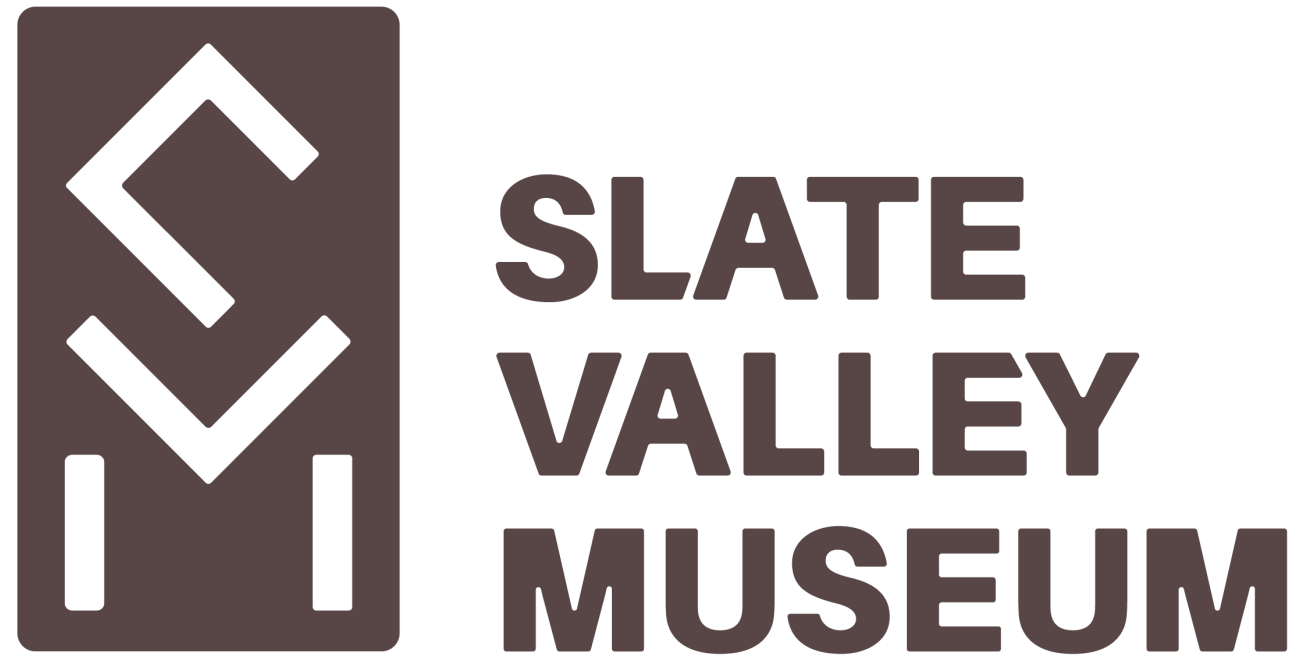EXHIBITIONS
Learn More About Our On-site Displays
and Explore Our Virtual Exhibitions
Shanty
With the industry ready to take off, many workers were recruited. In 1850, the first Welsh immigrants arrived in Fair Haven, and in 1852 thirty Welsh settlers arrived in Middle Granville. Several slate companies were formed. The biggest problem early on was the transportation of the quarried stone. In order to solve the problem, the Rutland and Washington Railroad, which had started in 1845, extended its lines to Poultney, VT and later to Salem, NY and Eagle Bridge, NY. This move allowed the industry to continue to grow.
Blacksmith Shop
Immigration of workers to the Slate Valley increased with three hundred recruited from Wales in 1891 when the industry began to boom. And immigrants continued to come to the area through the 1890s and early 1900s - from Poland, Austria, Czechoslovakia, Yugoslavia, Italy, Ireland, Hungary and later Canada. Many were already skilled quarrymen as the Welsh had been when they first arrived in this country. Many were skilled in other types of mining as well.
The site of the present Slate Valley Museum and adjacent streets became home as row houses were built similar to those in Wales. Nearby homes were run as boarding houses, particularly by the Slovaks who waited to send for their families until they were established. They felt at home in a valley between two mountains, much like their native land.
The arrival of these peoples brought a great diversity of cultures to the Slate Valley. Although native languages and customs were often maintained in homes and neighborhoods and among church congregations, by the 1900s children were encouraged to become part of their "new country."
Enjoy Our Driving Tour!
Our Slate Valley Driving Tour booklet provides you with detailed maps and many points of interest to ensure you can take in the heart of the Slate Valley. The driving tour take about 2 hours and covers about 45 miles. The tour starts at the Slate Valley Museum and loops you back to Granville after covering the heart of the Slate Valley through New York and Vermont.
TAKE THE TOUR
Slate has been used for many purposes in the Slate Valley over the past 160 years. Slate roofs, foundations, sidewalks, wall cladding, sculptings, and landscaping are visible throughout the entire tour, but only a few examples are noted in this booklet.
There are many places along the driving route to stop for gas and meals, as well as many places to picnic. However, please keep in mind that many of the sites on our tour are private property, please view them from the road. Quarries are dangerous and unstable, do not enter the sites or climb on slate piles.
If you are interested in touring the West Castleton Railroad and Slate Company Historic Site at Lake Bomoseen, please pick up a Slate History Trail brochure at the museum before departing. These brochures are also available at Lake Bomoseen State Park.

